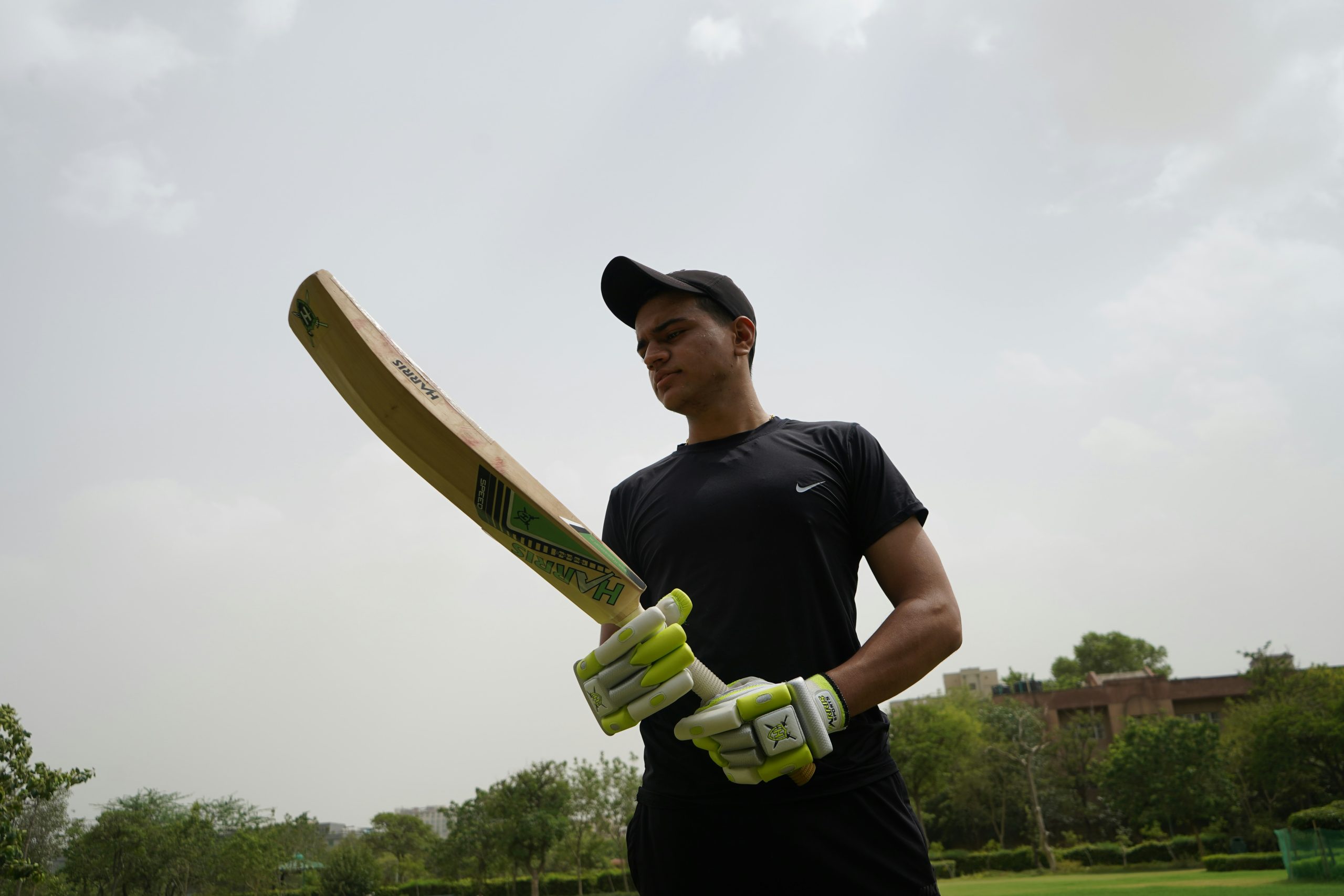Author Chris van Laak
Photographer Chris van Laak, Chris Chow, Alessandro Bogliari
Editor Chih-Yi Chen
A few days ago, a smaller version of the biggest game in world sports was played in Taipei. The biggest game is, obviously (or maybe not so obviously), the cricket face-off between India and Pakistan. It occurs every few years at the World Cup, in front of a TV audience of a whopping 500 million viewers. If, on top of that, the teams compete in each other’s country in Test matches, tensions can boil over and heavy security has to be deployed to prevent riots or attacks on the away team.
The smaller, and markedly peaceful, Taiwanese version of the event is the annual game between the Taiwan Indian Cricket Club (TICC) and the Pakistani Cricket Club Taipei (PCCT). It is part of the Taiwan Cricket Premier League, a 10-team tournament that plays all its games at the Yinfeng Cricket Ground in Taipei’s Songshan District. It is the only official facility of its kind in the baseball-crazy nation.
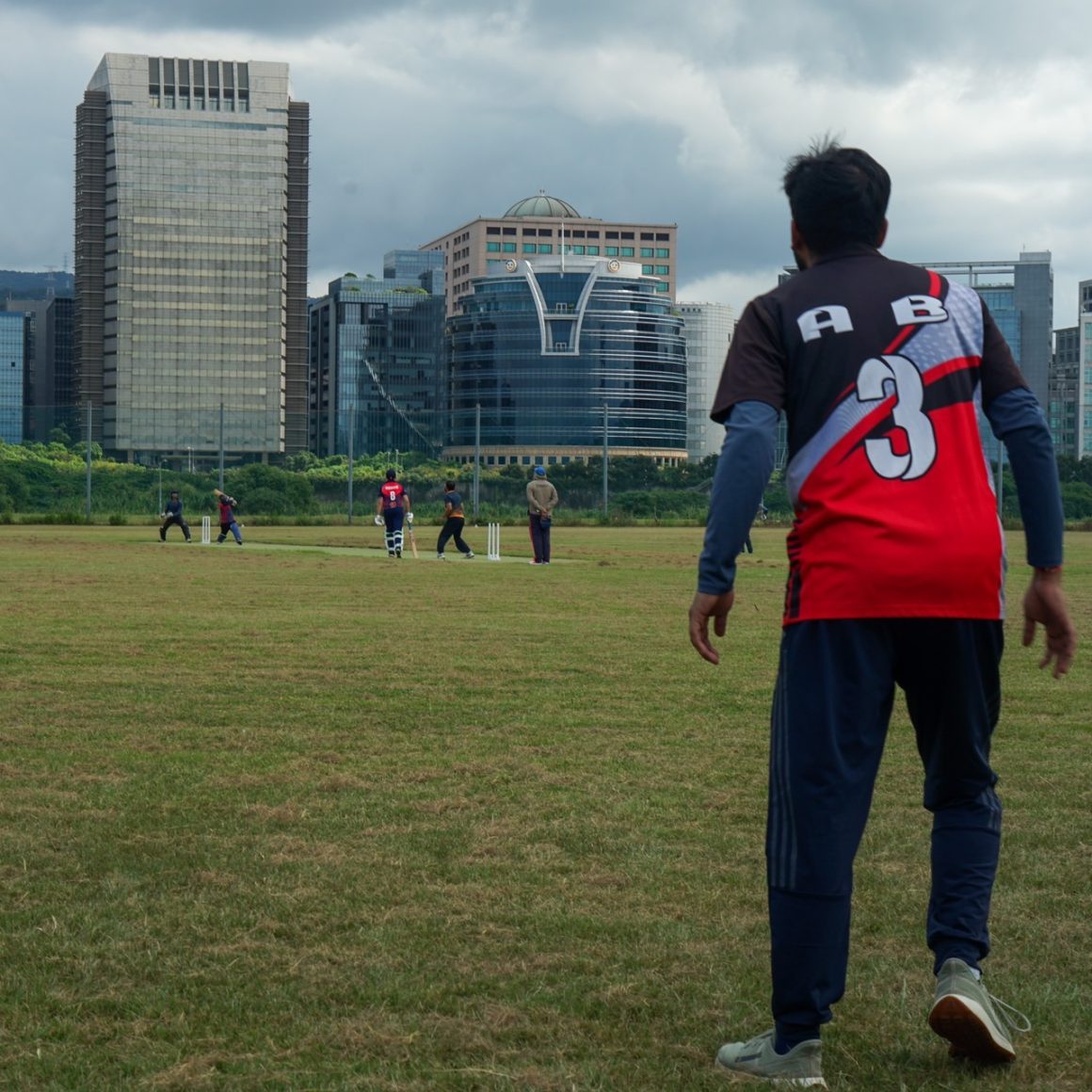
Bases vs. wickets
The story of Taiwan’s love of the other bat-and-ball-game is in itself a fascinating tale of migration. Invented in the US in the middle of the 19th century, baseball came to Taiwan via Japan, as a “gift” from its colonial administrators.
There are many possible reasons why baseball spread so successfully in this part of the world. “Cultural compatibility” is often cited as a main factor. Baseball’s focus on work ethic and precision, as well as its inherent respect for opponent players’ personal space, apparently matches East Asian cultural norms.
Cricket, which is sometimes described as an ancient form of baseball, should be big in this part of the world, too, shouldn’t it? In reality, the worlds of cricket and baseball hardly ever intersect, and in Taiwan, the world of cricket is much smaller.
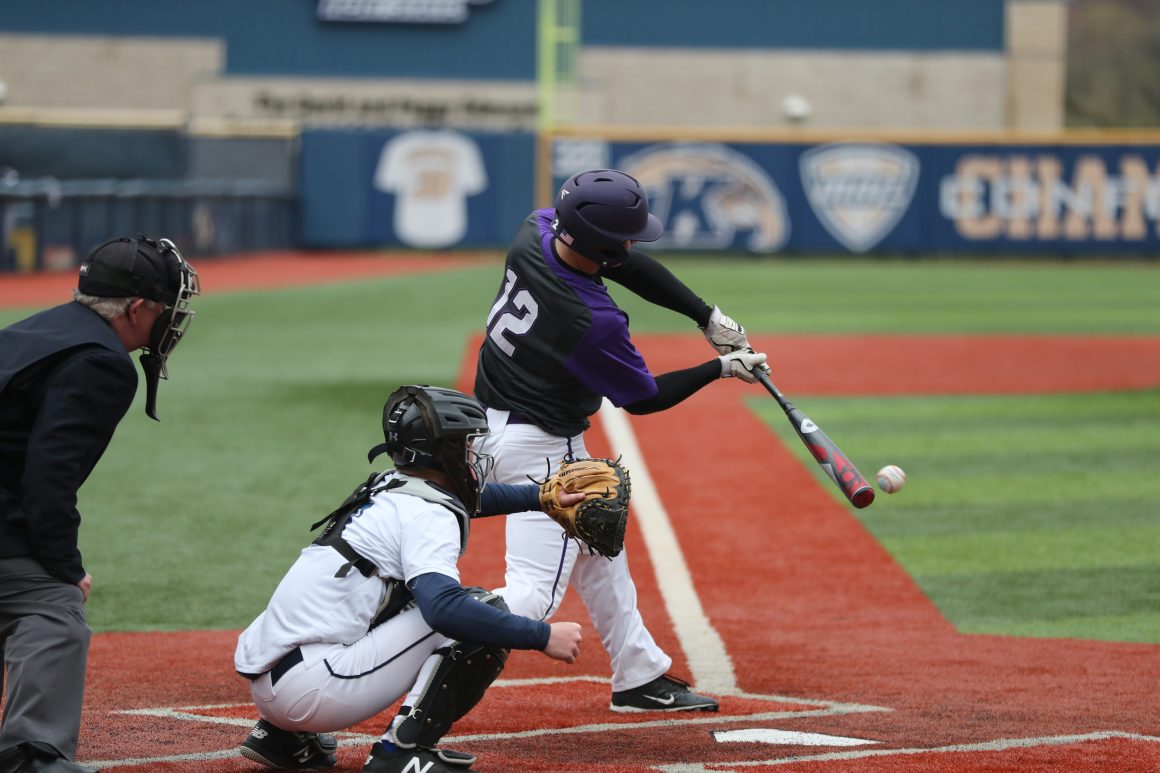
Only a few spectators had found their way to the cricket ground next to the Keelung River when the first ball was played on Oct. 12 at 1:30 pm. All of them (except me) were part of Taiwan’s Indo-Pakistani community, including family members of the players. Briefly there was talk about whether one of them would have to pull on the PCCT jersey himself to ensure the team has enough players, but then an internal solution was found.
The game started slowly, as cricket games usually do. One ballpark over, somebody had just scored a home run—yes, it was baseball that was being played all around us—and we, the players and spectators alike, briefly glimpsed through the net fencing to see what was going on.
“What do you think of baseball?” I asked Asmeer, a master’s student at Chaoyang University of Technology(朝陽科技大學) in Taichung(台中).
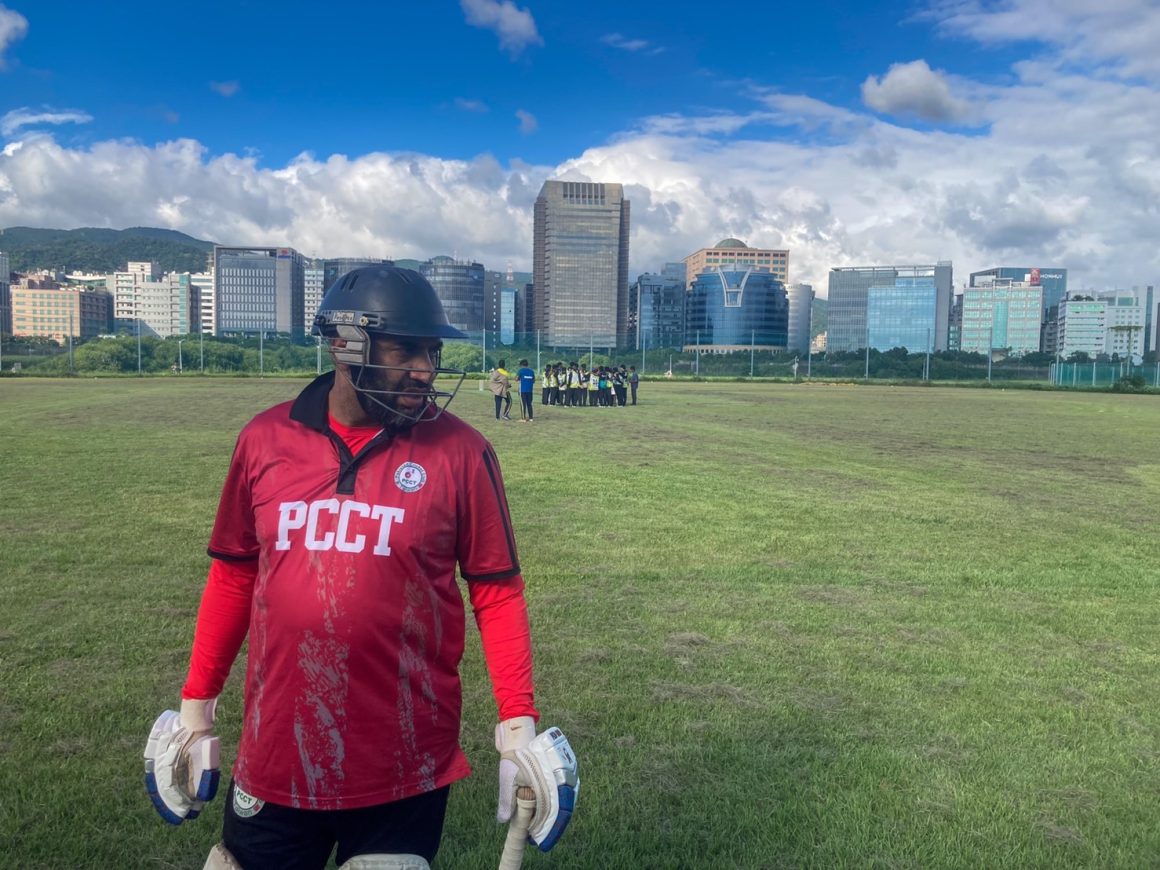
“I don’t know. But I’ll check it out one day,” he said. He had just arrived from Lahore, Pakistan, and was ready to start his first semester in Taiwan. Accompanying his uncle, PCCT player Asif Tanoli, to the game was his first pastime activity in the new country.
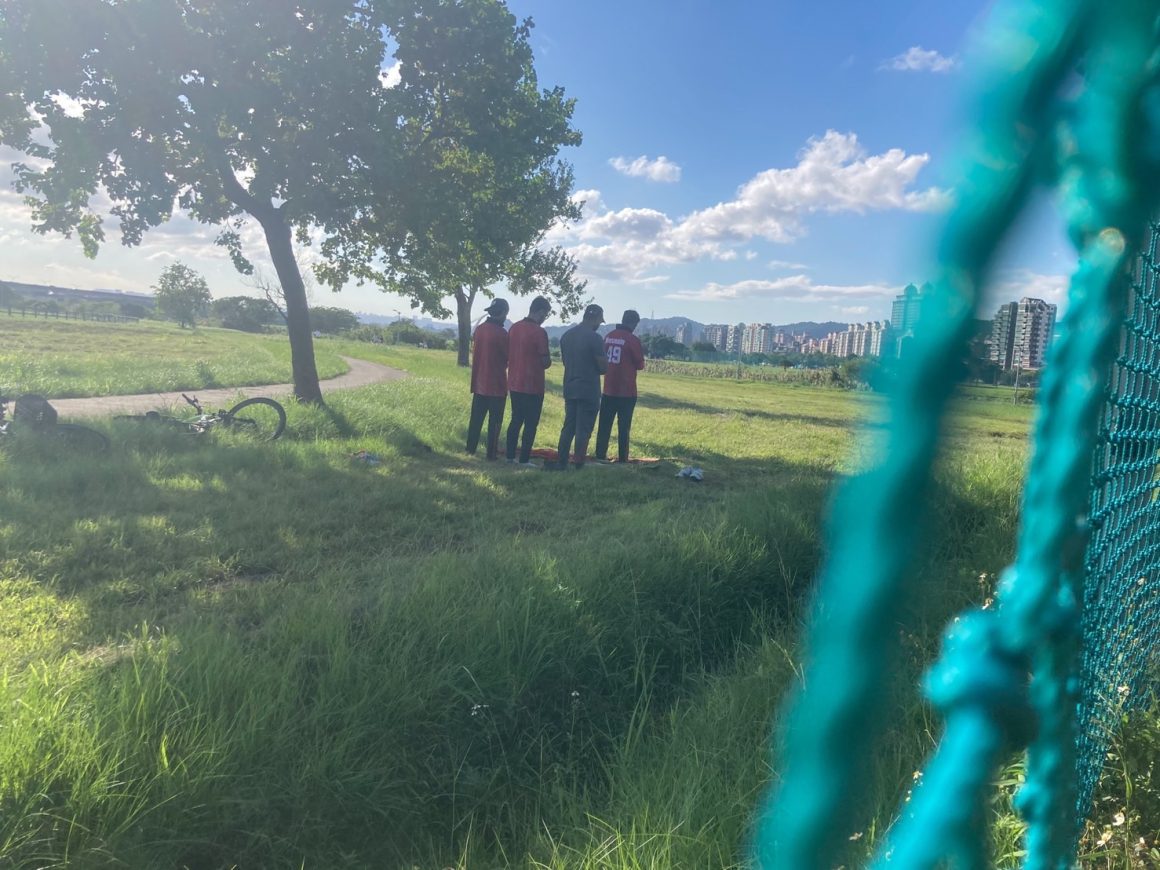
History, so much history
It’s actually not correct to call cricket an ancient form of baseball. On the family tree of bat-and-ball games, cricket and baseball are brothers. They both developed from a wild assortment of other, less formalized bat-and-ball games.
There’s something to the idea that cricket is ancient, though. It is not only about 200 years older than baseball, but it has also been resistant to change for much of its history. Some things that make baseball exciting even for those who don’t know all the rules—the back and forth between the teams, the possibility of a home run, etc.— are missing in cricket. Games in the traditional Test format take days. Teams switch their roles only once, at the halfway mark of the game, and if the first team scores high, the game is virtually over before the other team gets their chance. The remaining days will be uneventful.
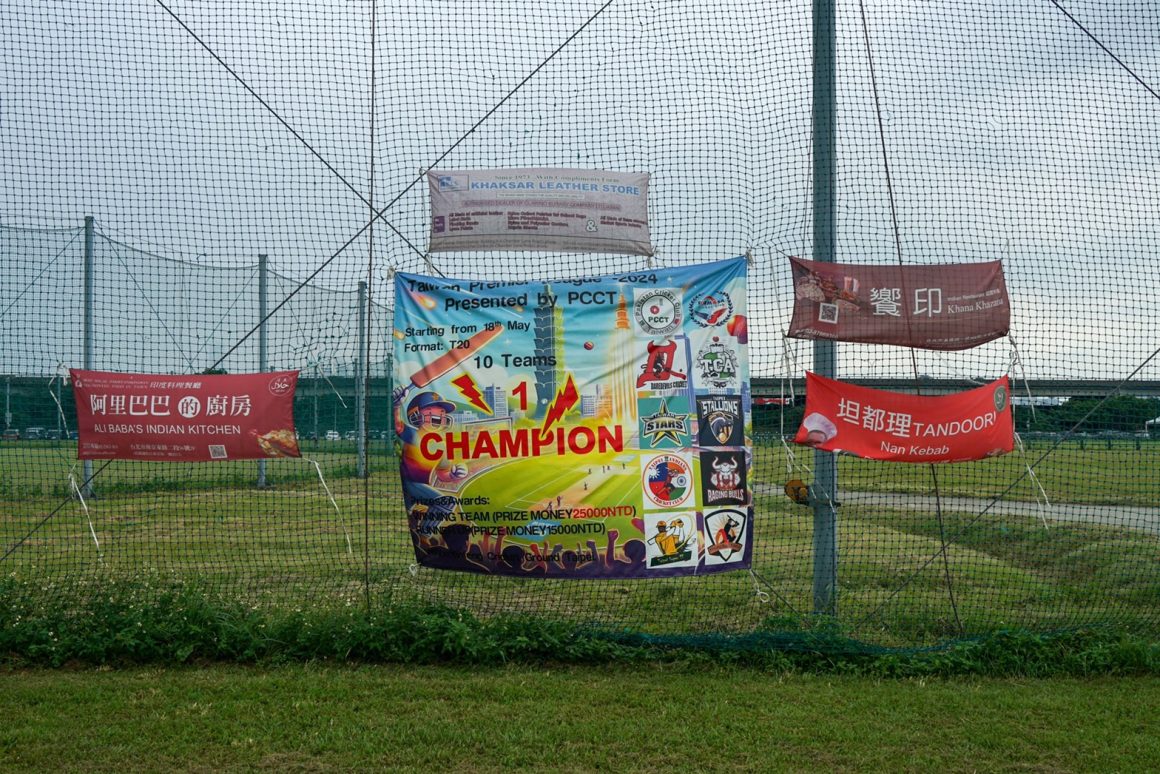
The Taiwan Cricket Premier League, which started in 2006 after a few decades of attempts to establish the game in the country, plays in a shortened format of about three hours per game. A main catalyst of the development was the influx of Indian students and engineers. The first people who played cricket in Taiwan might have been Britons, New Zealanders and South Africans, but Indian players have dominated the Premier League ever since its inauguration, alongside players from other South Asian nations.
Afternoon chai
Despite the shortened format of the TICC-PCCT game, it was evident that cricket is a transplant from a different time and place. It used to be the game of the English upper class; it was played by gentlemen who had a lot of time to kill.
That said, cricket is indeed entertaining but on a relaxing level. It helps you wind down. It’s an antidote to the ever-accelerating modern times. It goes well with afternoon tea, and during the TICC-PCCT face-off, sweet chai was being served, prepared by the players themselves.
India’s and Pakistan’s shared love of cricket started when both nations were part of the British Raj. The Crown ruled with an iron fist over the Indian Subcontinent for about 100 years, but in cricket, the favorite pastime activity of the colonial administrators, local teams could compete with their “colonial masters” at eye level.
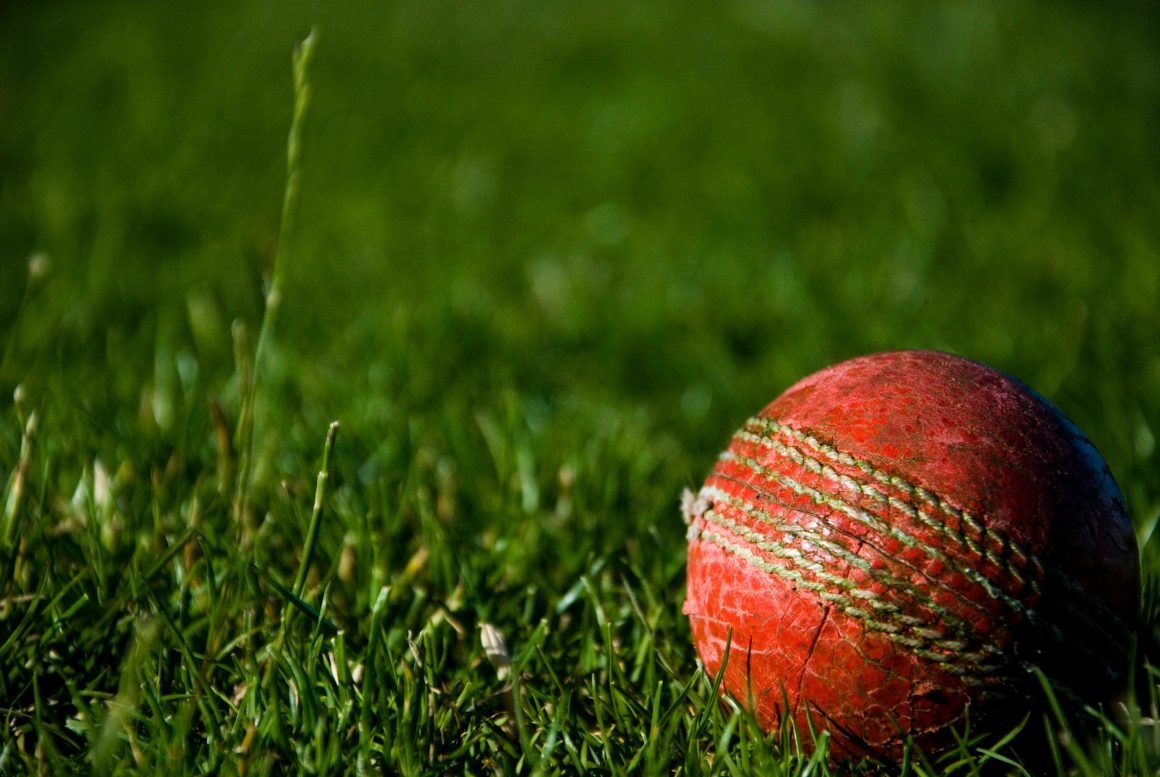
Much has been written about what happened next. Fact is, the British left the subcontinent in 1947. Pakistan and India became independent nations, Pakistan one day before India. It was not clear, however, where the one country ended and the other began, as well as who would be Pakistani and who Indian in those border areas. Mass displacement and communal violence followed. Up to 2 million people died.
If you ask a Pakistani and an Indian about the details, you will probably hear two different versions of the story. There’s no consensus between the two governments on the nations’ shared past, nor is there much consensus about anything else. The border remains disputed in Kashmir. Pakistan accuses India of human rights abuses in the region. India accuses Pakistan of supporting cross-border militancy.
Politics out
In cricket matches on the national level, all of this matters. If the game is played in Taiwan though, it doesn’t matter much.
“This is about cricket, not about politics” was a sentence I heard multiple times when I tried to steer the conversation with players or spectators into that direction. “Outside our home countries, we’re getting along just fine,” was another sentiment I heard.
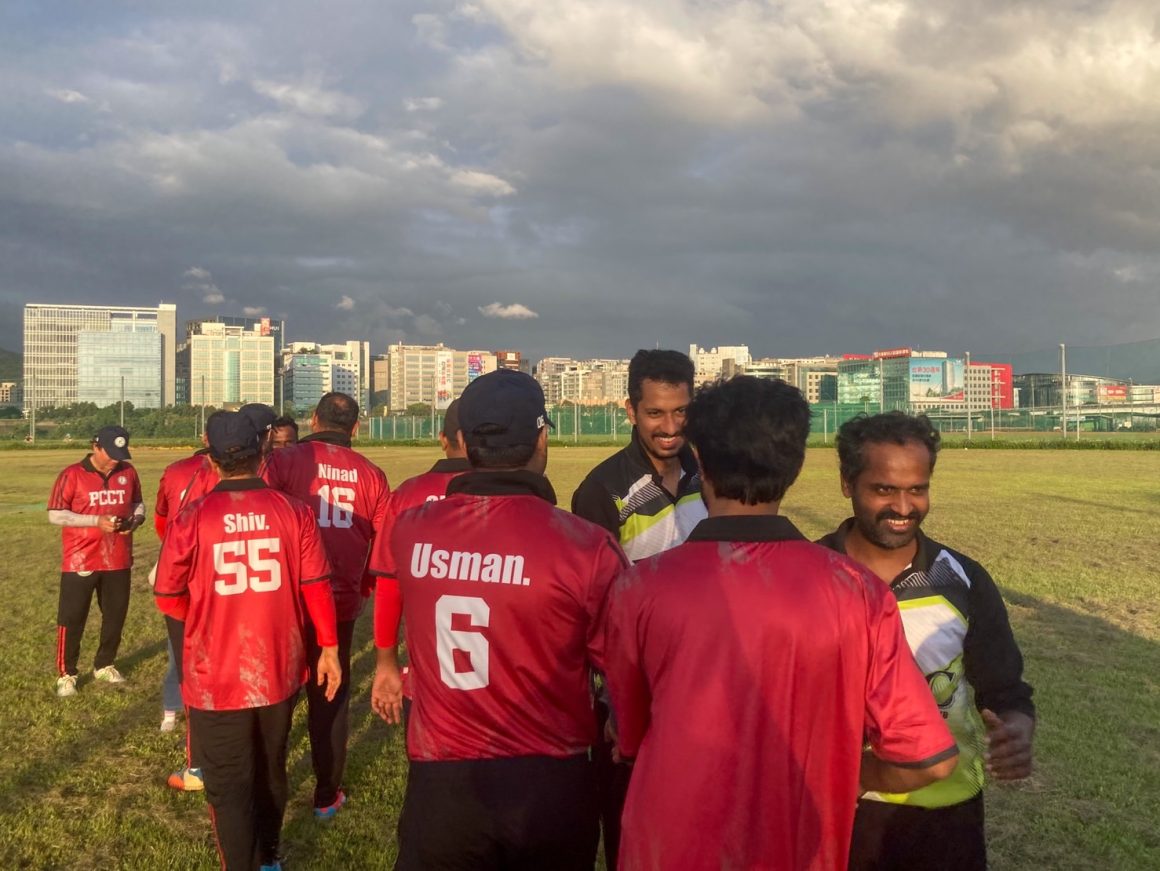
The game between the PCCT and TICC, which the Pakistanis won narrowly, was proof of that. At least one Indian was among the winners though: Ninad Malwade, who plays for the PCCT.
He told me that when he came to Taiwan, he didn’t know any other cricket enthusiasts in the country. When visiting a restaurant that served the kind of fare that’s usually described as Indian, even though mainstream Pakistani and Indian cuisines are largely the same, he asked whether they knew anyone who played cricket.
The owner of the restaurant happened to know Mujahid Muhammad, the founder and captain of the PCCT. “He and the others welcomed me in their team immediately,” Ninad said.

